The question of whether cold-blooded creatures like lizards can form emotional connections with humans has fascinated pet owners and researchers alike. While mammals like dogs and cats are well-known for their ability to bond with their human caretakers, reptiles have traditionally been viewed as more primitive in their emotional capacity. However, growing evidence and countless anecdotes from lizard owners suggest that these scaly companions may indeed form meaningful relationships with humans over time. This article explores the fascinating world of human-lizard relationships, examining the science, personal experiences, and practical considerations that influence the bonds we can develop with these ancient creatures.
The Science of Reptilian Cognition
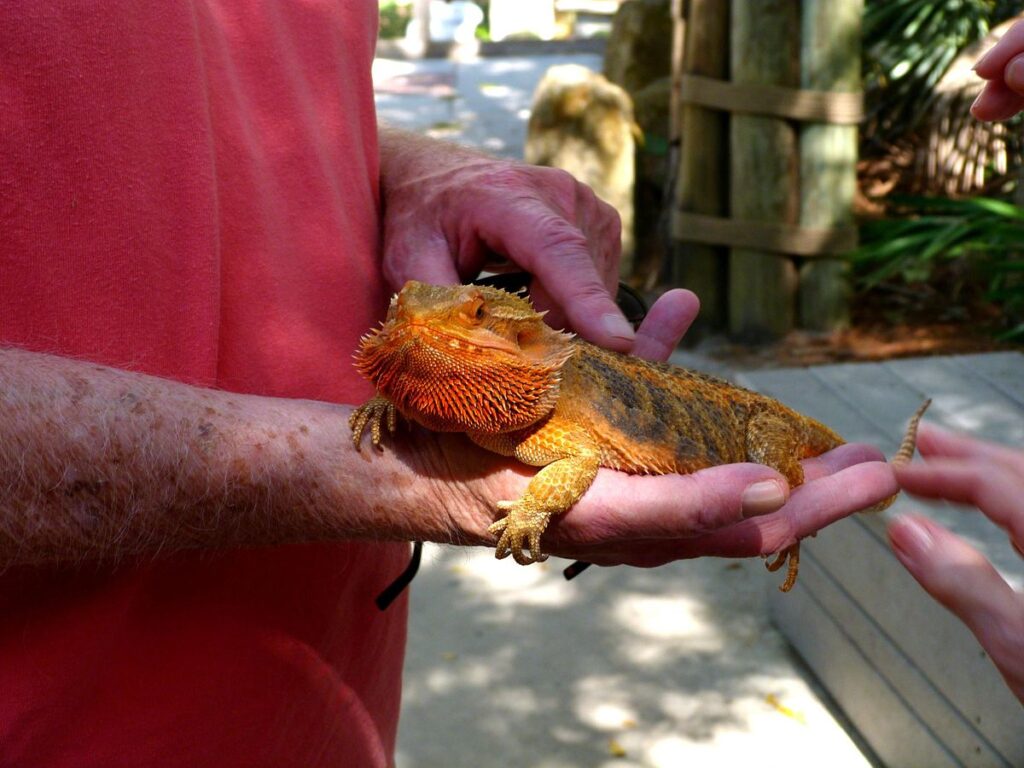
Reptile brains differ significantly from mammalian brains, particularly in the development of the cerebral cortex, which is associated with higher cognitive functions. Lizards possess a simpler brain structure that lacks the complex limbic system mammals use for emotional processing.
However, recent research suggests we may have underestimated reptilian cognitive abilities. Studies have demonstrated that various lizard species can solve problems, recognize individual humans, and even display preferences for certain people over others.
While their cognitive processes operate differently from mammals, this doesn’t necessarily mean lizards are incapable of forming attachments—they simply do so through different neurological pathways that scientists are only beginning to understand.
Recognition vs. Emotional Bonding
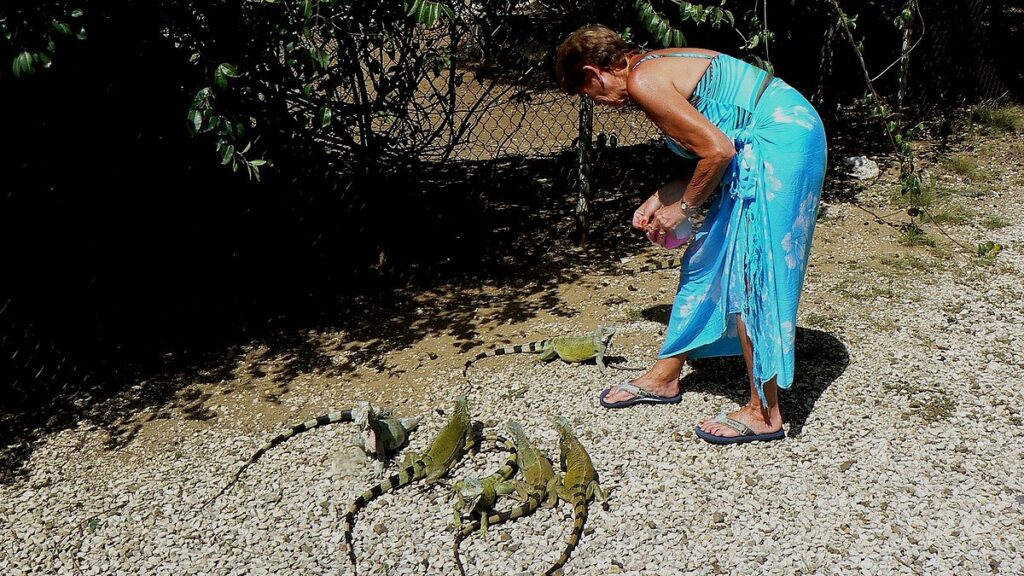
One crucial distinction to make is between recognition and emotional bonding. Most lizard owners report that their pets clearly recognize them, responding differently to their presence compared to strangers. This recognition likely stems from association—the lizard connects their owner with positive experiences like feeding, gentle handling, and safety.
Whether this recognition translates to something akin to mammalian affection remains debatable among experts. Some herpetologists suggest that what we interpret as affection may be more accurately described as familiarity and trust, which, while not identical to mammalian love, represents a meaningful form of connection nonetheless. This recognition-based relationship still holds significant value for both the lizard and their human caretaker.
Species Differences in Bonding Capacity

Not all lizards are created equal when it comes to forming relationships with humans. Larger species with longer lifespans, such as bearded dragons, tegus, and monitors, generally demonstrate greater capacity for human bonding than smaller, shorter-lived species. Bearded dragons, in particular, have earned a reputation as the “dogs of the reptile world” due to their relatively social nature and apparent enjoyment of human interaction.
Argentine black and white tegus have also impressed researchers with their ability to recognize specific caretakers and even seek out physical contact. Blue-tongued skinks similarly show notable recognition of their owners. In contrast, species like leopard geckos, while capable of becoming comfortable with handling, typically display less overt bonding behaviors.
The Trust-Building Timeline
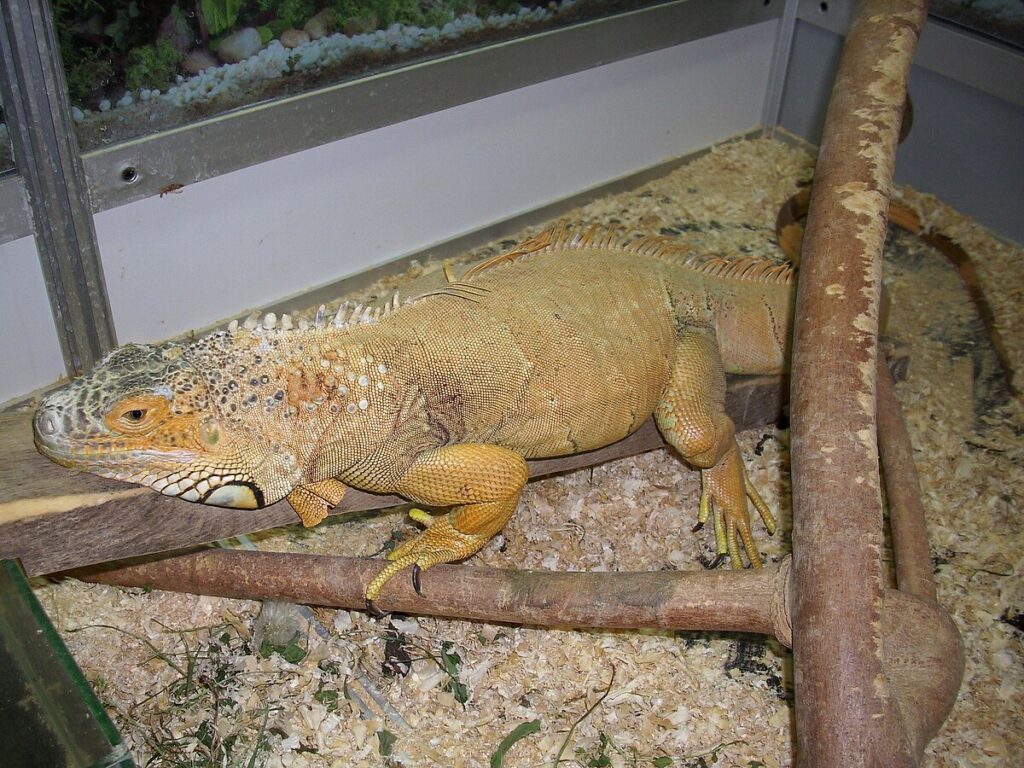
Building a relationship with a lizard requires significantly more patience than with most mammals. The trust-building process typically unfolds over months or even years rather than days or weeks. When first bringing a lizard home, allowing a 1-2 week adjustment period without handling is crucial for reducing stress.
Subsequent interactions should be brief and gentle, gradually increasing in duration as the lizard becomes more comfortable. Many experienced owners report that the one-year mark often represents a turning point in the relationship, with lizards demonstrating noticeably increased comfort and interaction. This extended timeline reflects the lizard’s evolutionary history as prey animals that must be cautious about potential threats in their environment.
Reading Lizard Body Language
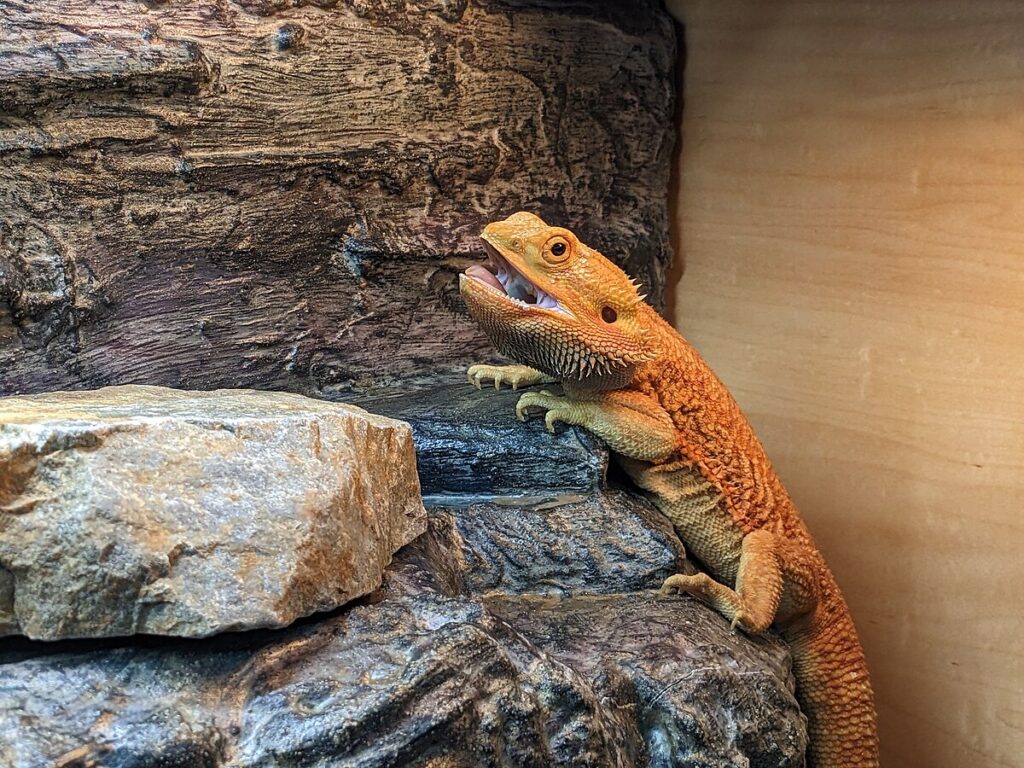
Understanding a lizard’s subtle communication cues is essential for building trust and interpreting their responses to human interaction. Relaxed lizards typically display loose posture, calm breathing, and may close their eyes during handling—a sign of comfort since closing eyes makes them vulnerable.
Signs of stress include puffed beards, gaping mouths, rapid breathing, tail twitching, or attempting to flee. Some species, like bearded dragons, may “arm wave” when being submissive or flatten their bodies when feeling threatened.
Learning to recognize these signals allows owners to respect their pet’s boundaries and create positive associations. Over time, many lizards develop their own unique ways of communicating with their specific human caretakers that may not be documented in general care guides.
The Role of Food in Relationship Building

Food represents one of the most powerful tools for establishing positive associations with a lizard. Hand-feeding creates a direct connection between the lizard’s primary motivation (nutrition) and their human caretaker. Beginning with indirect hand-feeding using tongs or tweezers can help fearful lizards gradually become comfortable with proximity to hands. As trust develops, many lizards transition to taking food directly from their owner’s fingers.
Some particularly food-motivated species, like tegus, may eventually recognize their owner’s approach as a feeding opportunity and display excitement behaviors such as scratching at their enclosure or approaching the glass. This food association, while not the same as emotional bonding, creates a foundation of positive experiences upon which trust can be built.
Handling Techniques That Foster Trust
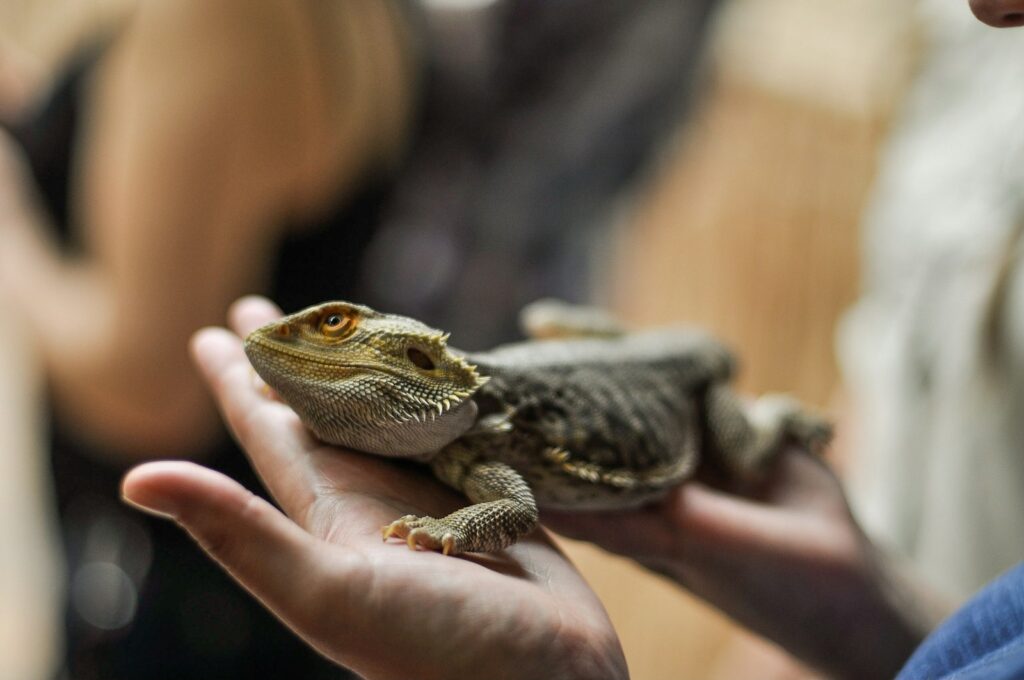
The manner in which a lizard is handled dramatically impacts their willingness to bond with humans. Supporting a lizard’s full body, particularly their feet, helps them feel secure rather than vulnerable. Approaching from the side rather than from above—which mimics predator attacks—reduces defensive responses.
Consistent, gentle handling sessions that respect the lizard’s comfort level gradually build positive associations. Many experienced owners recommend daily handling sessions of increasing duration, always ending on a positive note before the lizard shows stress. Temperature considerations are also crucial, as handling a cold lizard can be uncomfortable for them; ensuring they are properly warmed in their habitat before interaction improves the experience.
Environmental Enrichment and Bonding

Creating an enriching environment that meets a lizard’s species-specific needs establishes the foundation for any potential bonding. Lizards experiencing chronic stress from improper temperatures, inadequate UVB lighting, or inappropriate habitat setup will never feel secure enough to form relationships with their caretakers.
Beyond these basics, providing environmental enrichment through varied terrain, climbing opportunities, and interactive feeding methods stimulates natural behaviors and cognitive engagement. Some owners create safe, supervised exploration areas outside the enclosure that their lizards learn to associate with positive experiences. This environmental security and enrichment allows the lizard’s natural curiosity to emerge, which can then extend to curiosity about their human companions.
Reptile Socialization Periods
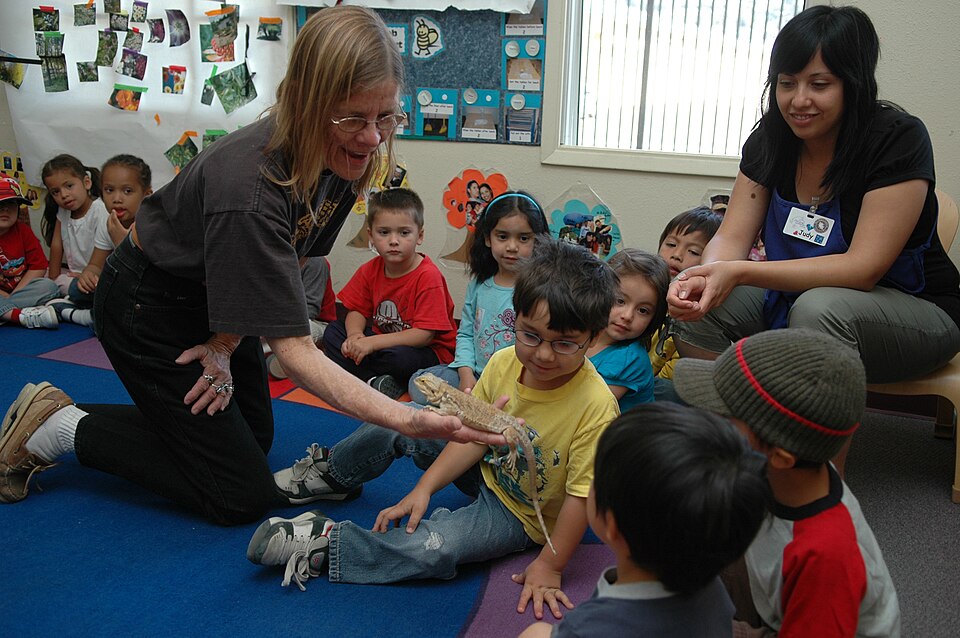
Emerging research suggests that, like many animals, lizards may have critical socialization periods during which they are more receptive to forming relationships. Captive-bred lizards handled gently from a young age often demonstrate greater tolerance for human interaction than wild-caught specimens.
This pattern indicates a potential developmental window during which positive experiences with humans can shape long-term behavioral responses. Some breeders specializing in species known for their interactive potential, such as bearded dragons, implement handling protocols beginning shortly after hatching to create more “socialized” individuals.
While this concept remains less studied in reptiles than in mammals, anecdotal evidence strongly supports the idea that early, positive human interaction creates more human-oriented adult lizards.
Individual Personality Differences
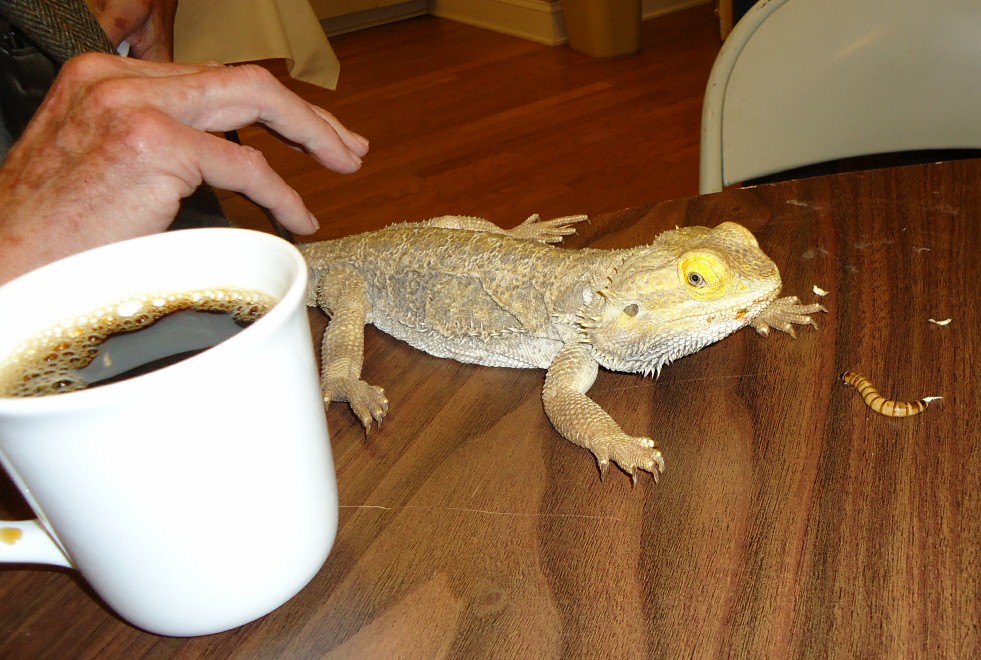
Perhaps one of the most surprising aspects of lizard keeping is the discovery of distinct individual personalities within the same species. Experienced owners consistently report that each lizard displays unique behavioral traits, preferences, and comfort levels with human interaction.
Some individuals naturally demonstrate curiosity and boldness, readily exploring new environments and seeking interaction, while others remain more reserved regardless of handling frequency. These personality differences appear to be influenced by both genetic factors and early experiences.
Respecting these individual differences and adjusting expectations accordingly represents an important aspect of building successful relationships with lizards. An approach that works perfectly for one bearded dragon, for instance, might need significant modification for another individual of the same species.
Recognizing Signs of Lizard “Affection”
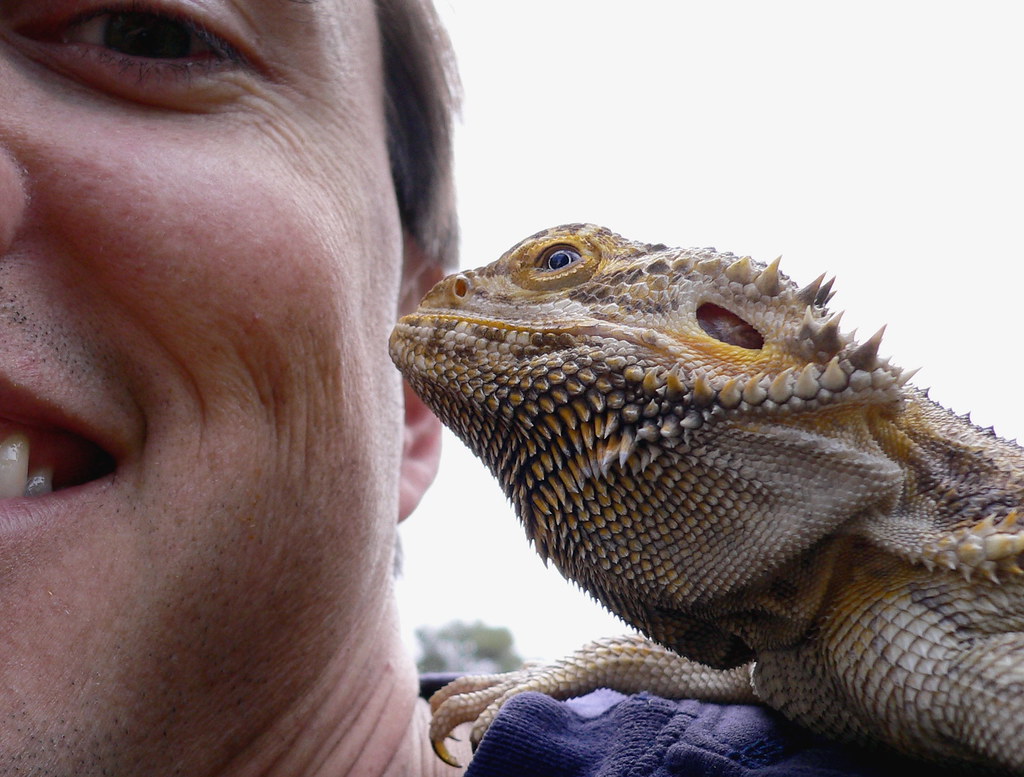
While lizards don’t display affection in ways immediately recognizable to mammal owners, they do exhibit behaviors that suggest positive associations with their caretakers. Many lizard owners report their pets voluntarily approaching them, climbing onto their bodies, or remaining calm during handling when they would flee from strangers.
Some bearded dragons and tegus have been observed following their owners around rooms or appearing at the front of their enclosures when their caretaker enters the room. Certain individuals may seek out physical contact, such as nestling into a warm neck or falling asleep on their owner.
While interpreting these behaviors requires caution to avoid anthropomorphism, they nevertheless suggest that the relationship holds positive value for the lizard, regardless of whether we classify it as “affection” in the mammalian sense.
The Impact of Consistent Caregiving
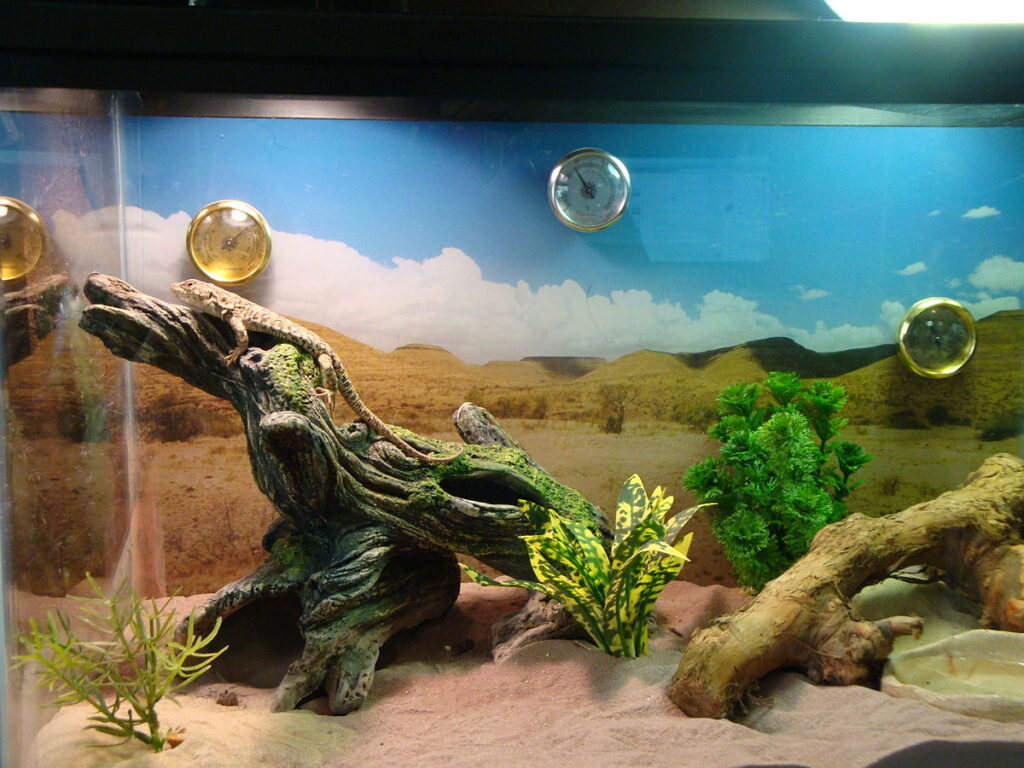
Consistency plays a pivotal role in establishing trust with lizards. These animals thrive on predictable routines that allow them to anticipate events in their environment. Maintaining regular feeding schedules, handling sessions, and enclosure maintenance creates a sense of security that enables the lizard to relax rather than remain hypervigilant.
Many successful lizard owners report that having the same primary caretaker, rather than multiple handlers, accelerates the trust-building process. This consistency allows the lizard to develop familiarity with one human’s specific scent, voice, and handling style. Over time, this reliable care pattern creates a foundation of trust that can evolve into what many keepers describe as a form of bonding, even if it differs from mammalian attachment patterns.
Practical Expectations for Lizard-Human Relationships
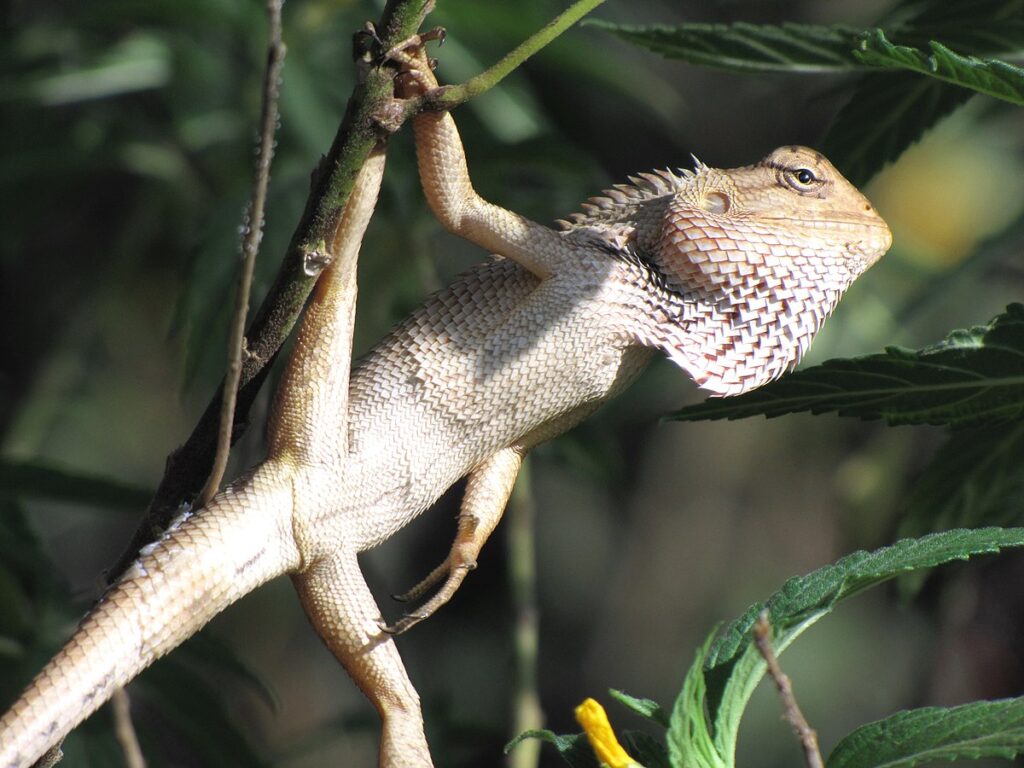
Setting realistic expectations about the nature and extent of lizard bonding helps prevent disappointment and promotes respectful relationships. Unlike dogs, lizards will never demonstrate unconditional love or separation anxiety when their owners leave.
Their connection to humans primarily revolves around safety, food, and comfort rather than social fulfillment. Nevertheless, many long-term lizard owners describe deeply meaningful relationships with their scaled companions, characterized by mutual trust and what appears to be enjoyment of each other’s company.
The relationship might better be described as a partnership based on positive association and trust rather than emotional dependency. Understanding and appreciating this different form of connection allows owners to value their lizard relationships for what they genuinely are rather than measuring them against mammalian standards.
Conclusion: Redefining Bonds Beyond Mammals
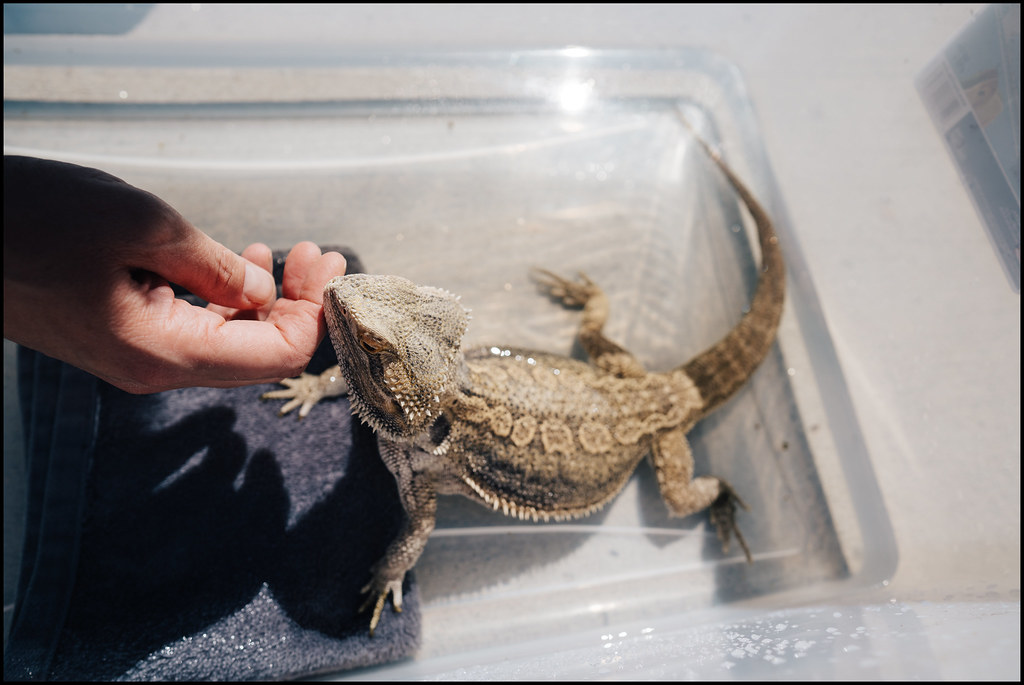
The question “Can lizards bond with humans?” ultimately challenges us to expand our understanding of what constitutes a meaningful animal-human relationship. While lizards don’t bond in the same way as dogs or cats, many species clearly develop recognition, trust, and positive associations with their human caretakers over time.
These connections, built through patience, respect, and consistent positive interactions, may not mirror mammalian affection but nevertheless represent genuine relationships valued by both parties. As our understanding of reptile cognition continues to evolve, we may discover even more complexity in their social capabilities.
For now, thousands of lizard owners worldwide can attest that the unique connection they share with their scaly companions, while different from relationships with furry pets, brings its own special form of companionship and mutual appreciation that deepens over time.

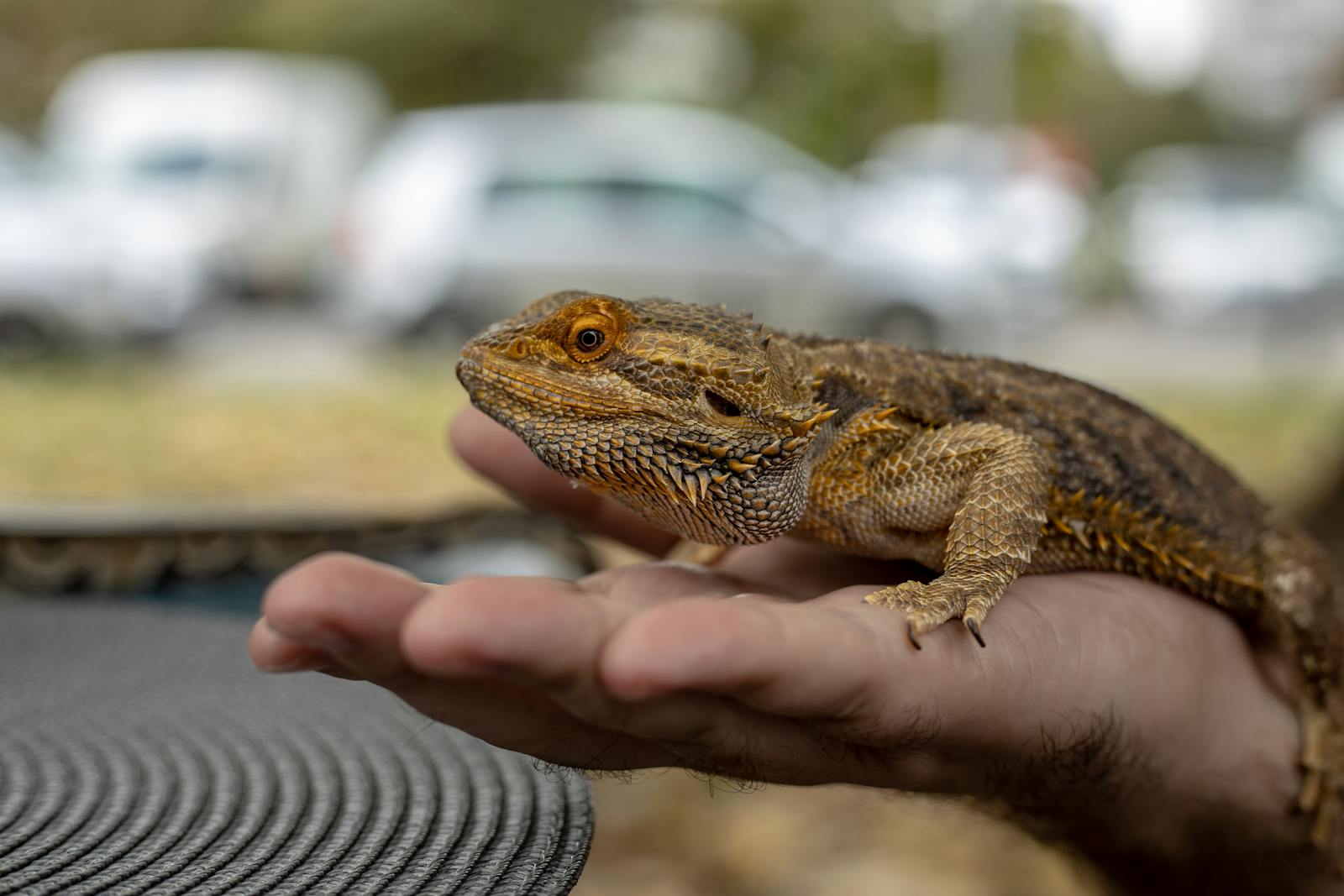
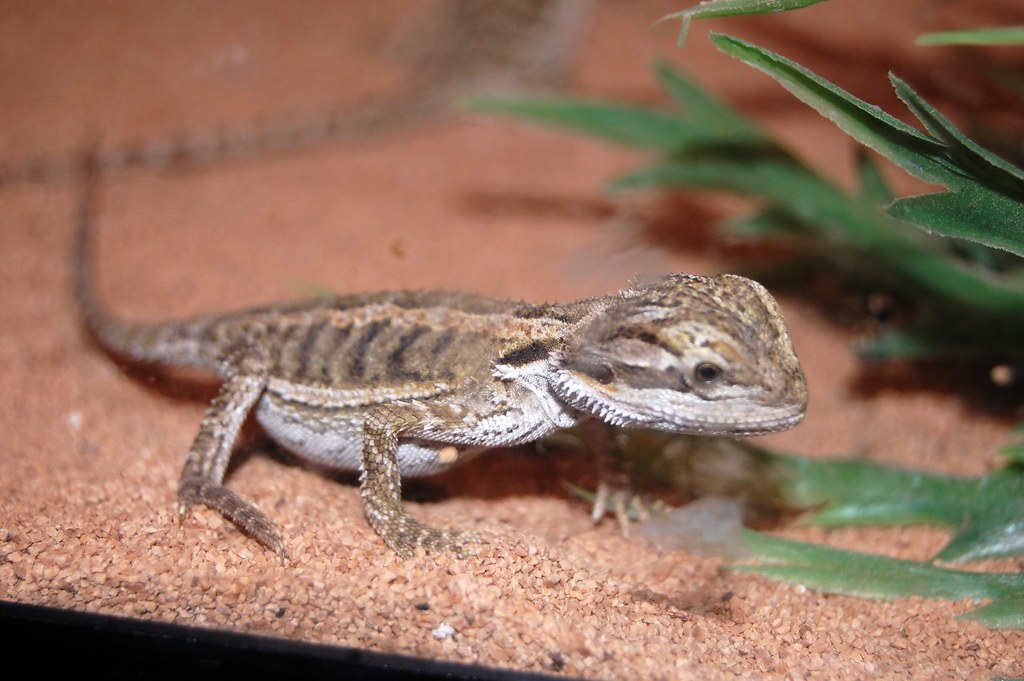
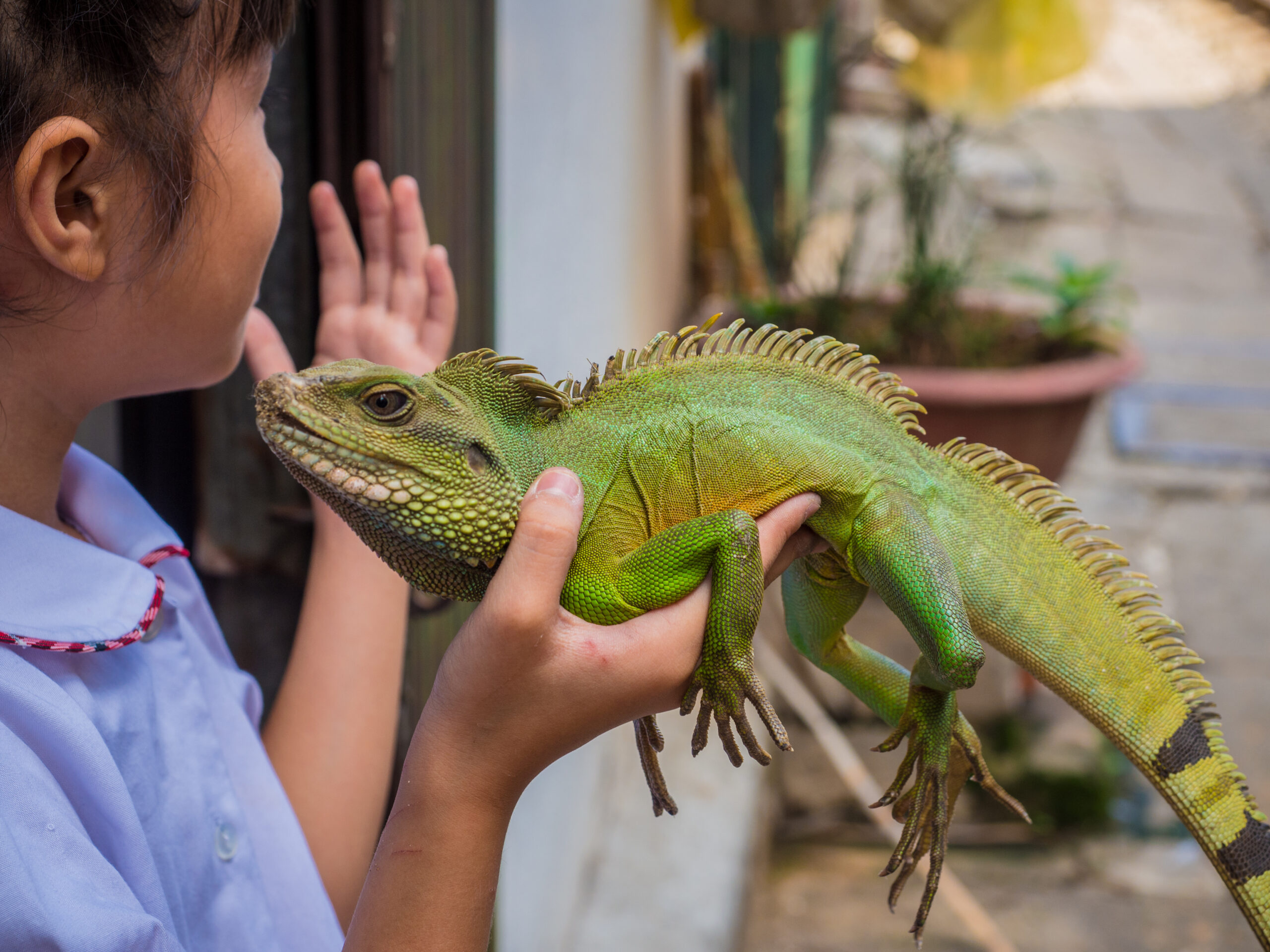

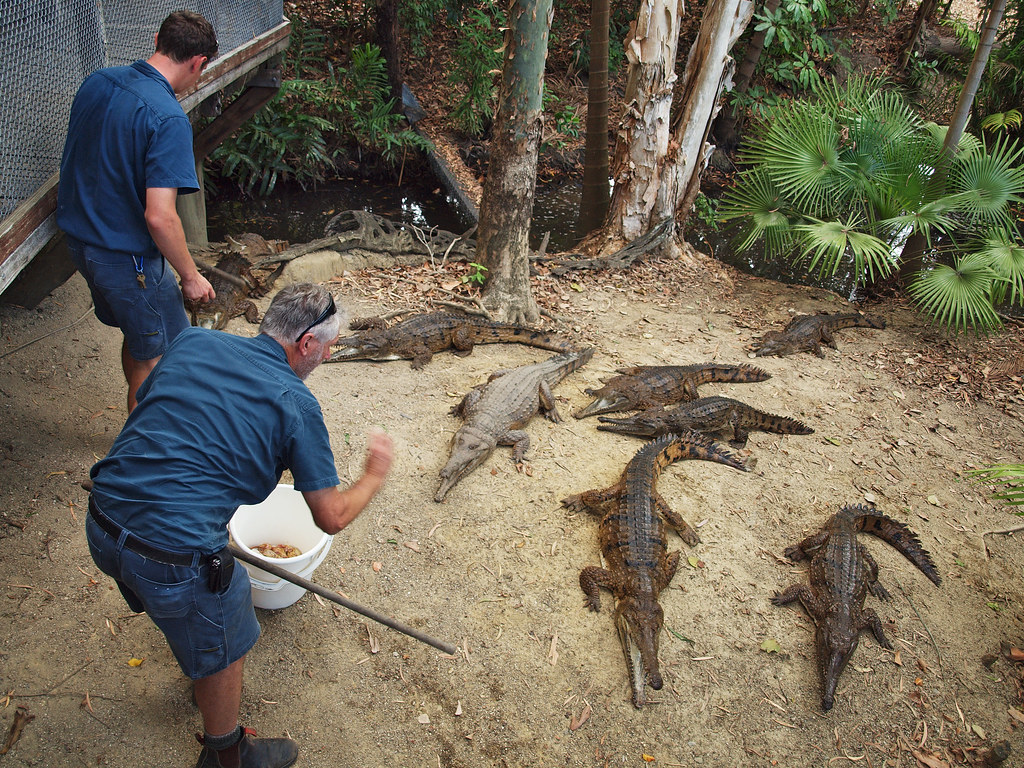
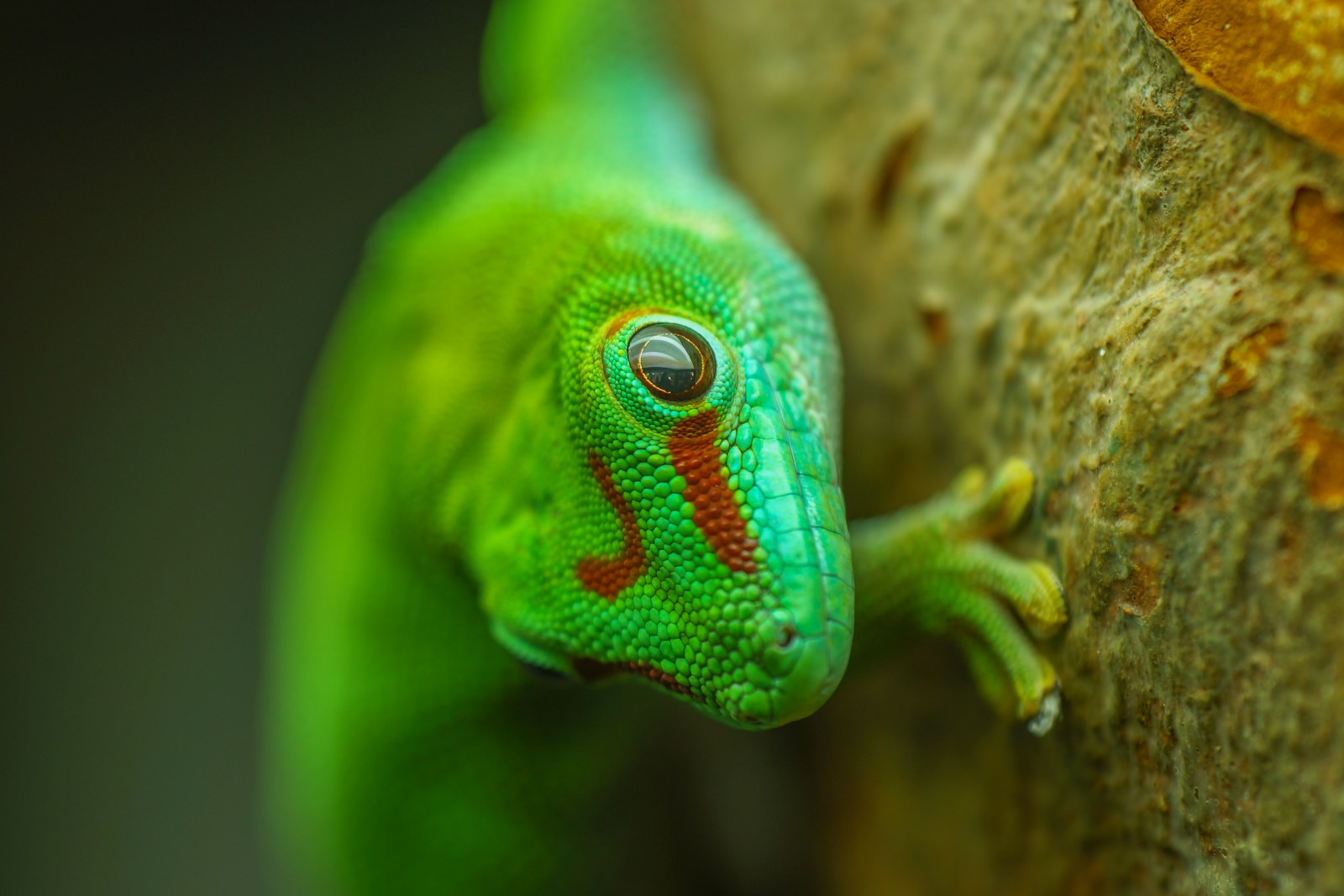
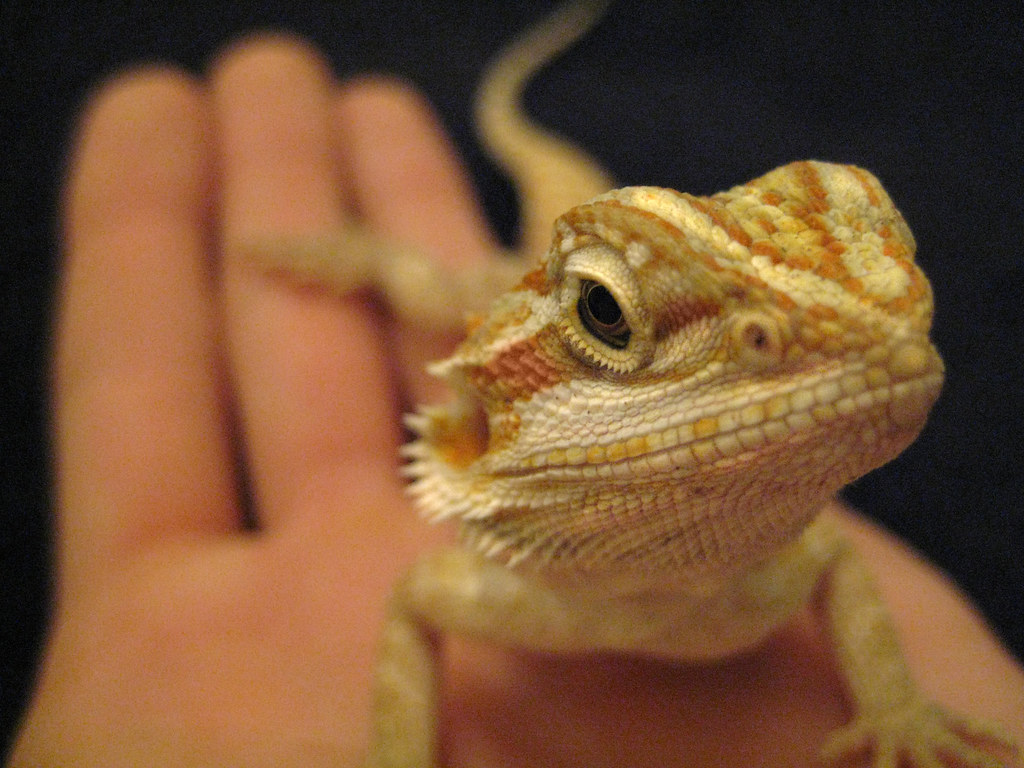
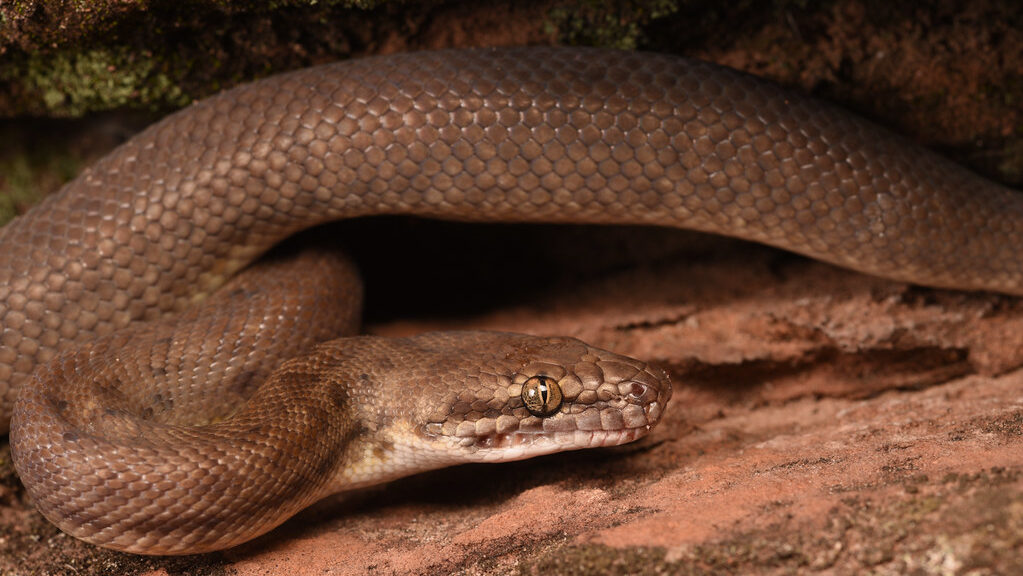
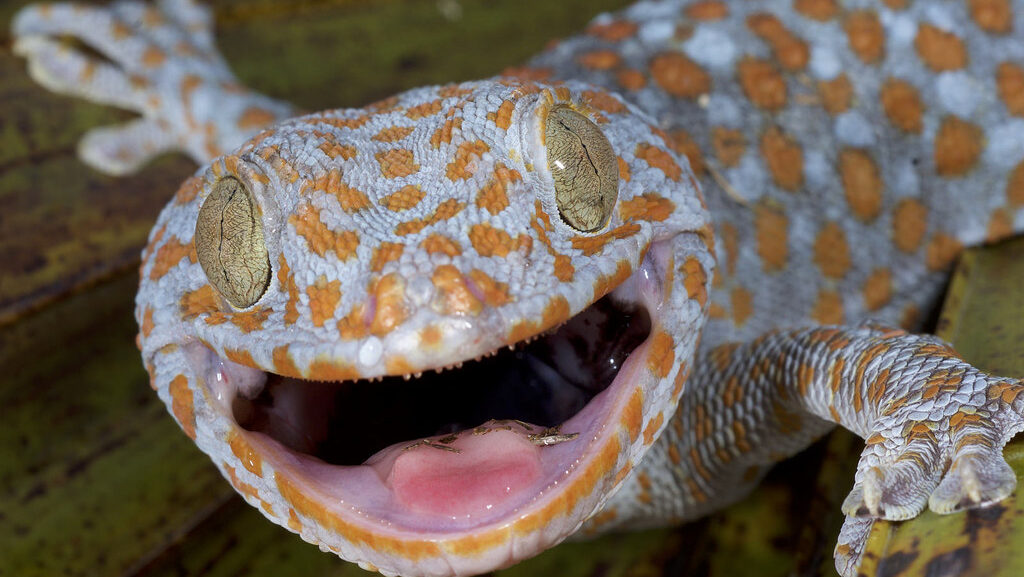
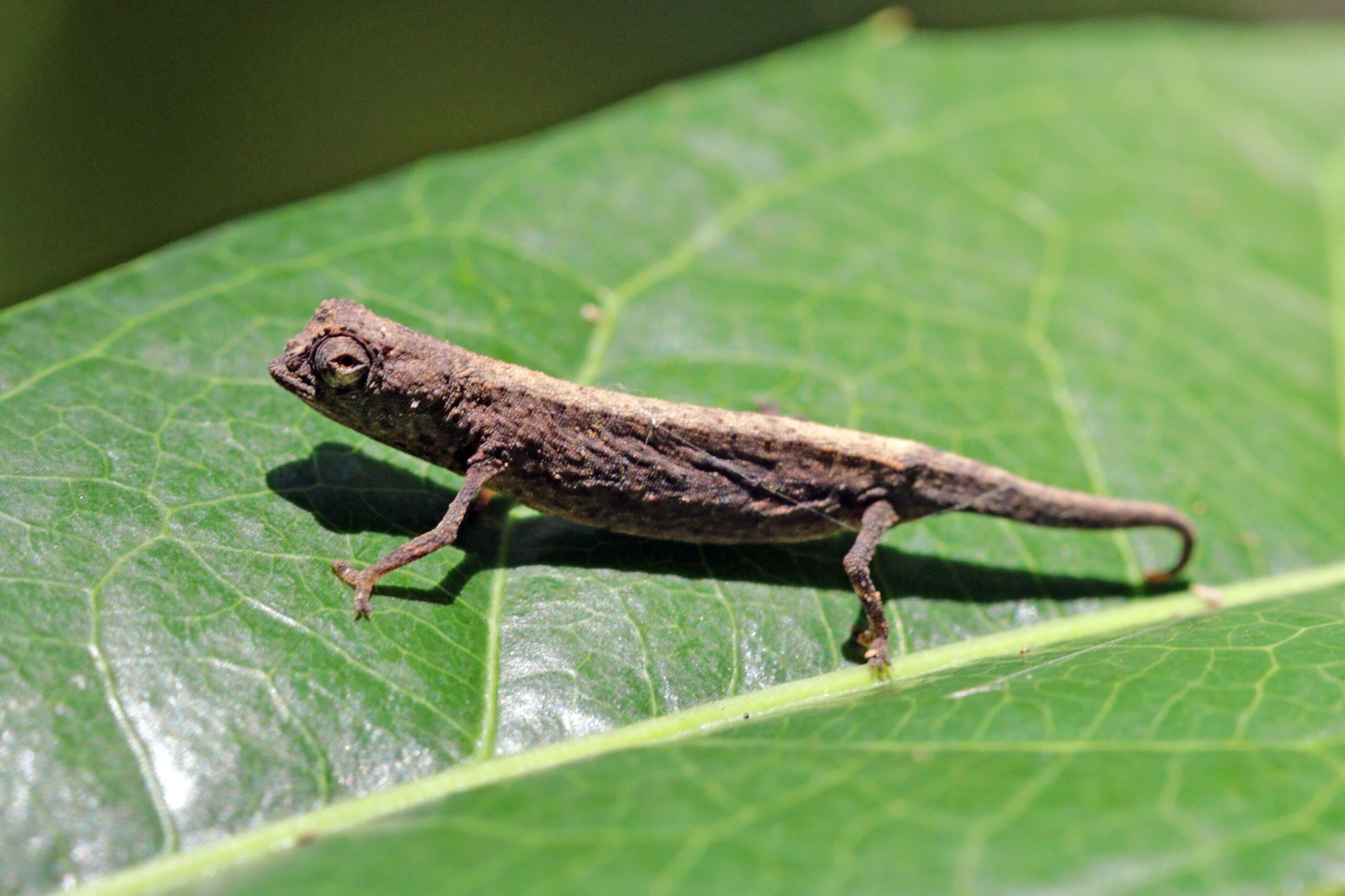




Leave a Reply